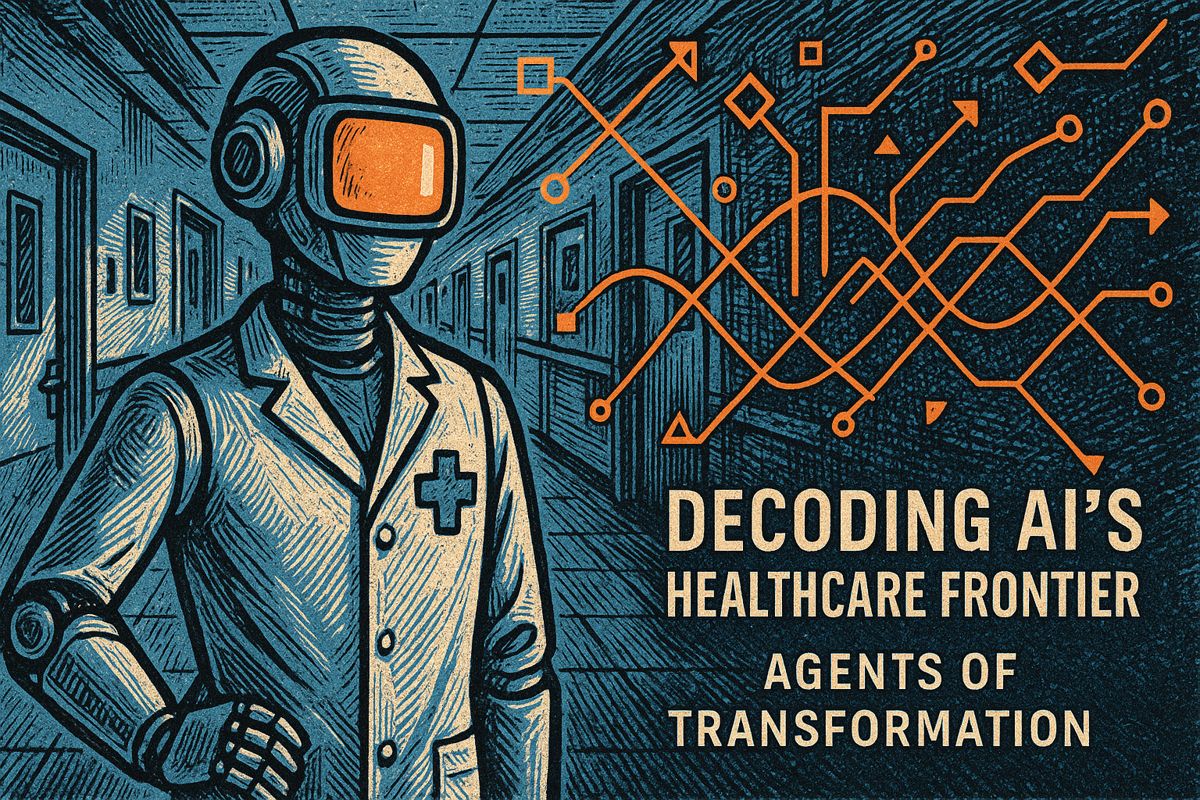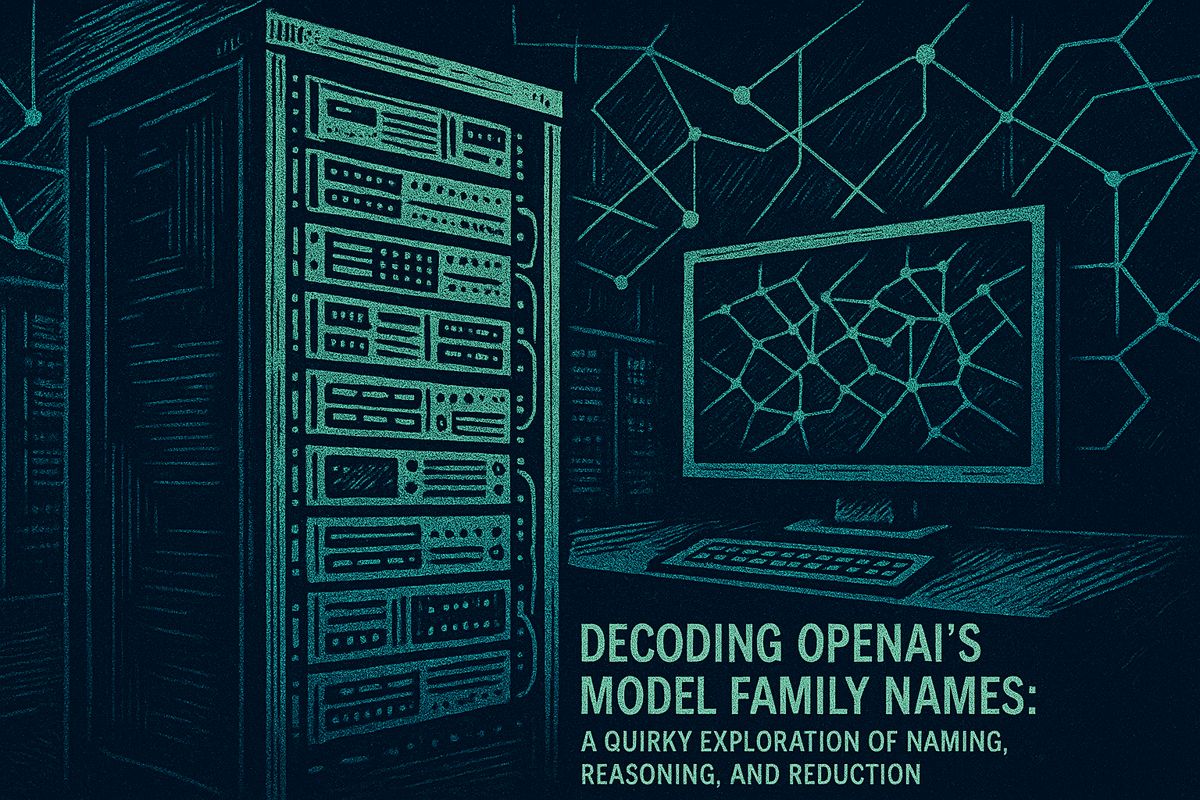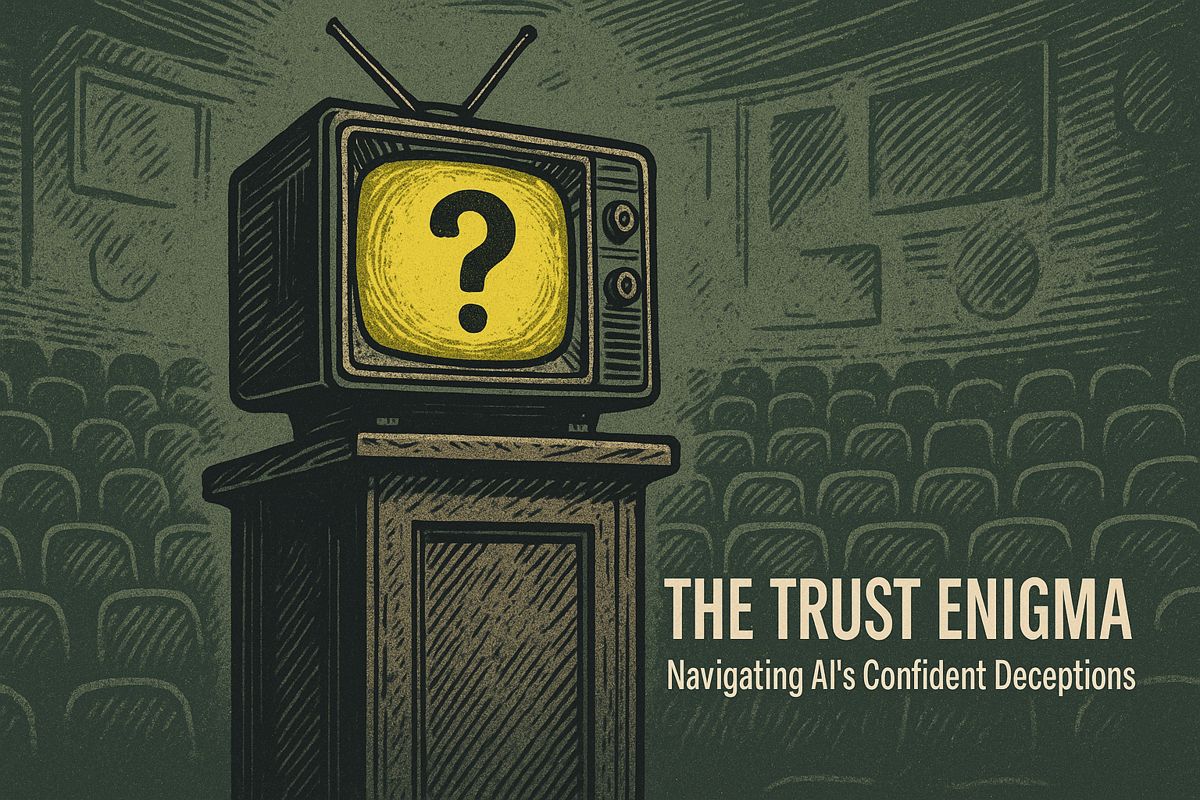Here’s the text with the most important phrase bolded:
AI agents are revolutionizing healthcare by improving operational efficiency and reducing administrative burdens. These intelligent systems can dramatically cut processing times and integrate data across different hospital departments. Successful implementation requires more than just advanced technology; it demands collaborative design, ethical governance, and a deep understanding of human dynamics. The key challenges include breaking down departmental silos, gaining clinician trust, and creating cross-functional protocols that support technological adoption. While the potential is immense, most healthcare organizations are still in the early stages of AI integration, with only a small percentage considered truly AI-mature.
How Can AI Agents Transform Healthcare Delivery?
AI agents in healthcare can improve operational efficiency by 15-33%, enabling faster diagnoses, reducing administrative burden, and facilitating cross-departmental data integration. Successful implementation requires collaborative design, ethical governance, and a focus on human-centered technological adoption.
When AI Feels Like the Real Thing
Some mornings start with the humdrum scroll through LinkedIn, but every once in a while, you get a jolt of clarity. For me, that happened with Productive Edge’s white paper on AI agent readiness for healthcare leaders. It’s strange—sometimes a whiff of burnt coffee in a hospital cafeteria takes me right back to my consulting days, where technology was never the true mountain. Instead, the real Everest was guiding hearts and minds through a blizzard of skepticism.
I still remember that tense rollout of an AI scheduling tool at a small Midwestern hospital. Fluorescent lights, nervous laughter, and a radiology team that looked as suspicious as a cat in a bathtub. The numbers, though, were undeniable: a 33% reduction in turnaround time within weeks. Yet, as soon as we tried to spread that success, up shot the usual barricades—data stuck in silos, clinicians wary, IT teams muttering about integration “nightmares.” It became clear that technological triumphs can stall if you overlook the human side.
Productive Edge’s new research captures this perfectly. Their framework is less about algorithms, more about the social choreography that makes or breaks innovation in healthcare. Can you really automate trust? That’s the question haunting every new AI pilot.
AI Agents: More Than Smart Calculators
What’s the difference between an AI agent and a glorified spreadsheet? AI agents don’t just analyze—they act. They’re like diligent interns who not only flag problems but also propose (and even execute) solutions inside live hospital systems. No wonder the stakes feel higher. You’re not just watching a dashboard light up; you’re letting the system steer the ship, at least for a moment.
Specifics matter here. Productive Edge, along with guidelines from TechTarget and the 2025 U.S. Department of Health and Human Services Strategic Plan, stress that responsible AI governance isn’t just a box to tick. You need teams that blend IT, clinical, and data science know-how, plus a dash of ethical oversight. If you skip that step, you risk launching a shiny tool that ends up gathering dust—my own misjudgment, early in my career, was thinking tech alone could flip the switch. Lesson learned: culture eats code for breakfast.
On a tactile note, when you walk into a data center humming with servers, there’s a faint metallic tang in the air—the scent of potential, maybe? It’s a small thing, but it lingers. And just as that smell hints at hidden energy, so too do the best AI pilots hold latent promise—if only the infrastructure and culture line up.
Breaking through Silos: The True Bottleneck
Here’s a secret: most AI pilots in healthcare get trapped in departmental quicksand. I’ve seen virtual health assistants that can triage symptoms and schedule appointments—think Epic Systems partnering with Nuance’s speech-to-text AI—stagnate in radiology, unable to leap to oncology or even billing. Why? Data fragmentation, territorial spats, and a stubborn culture that values tradition over transformation.
Productive Edge warns that scaling requires not just technical fixes but cross-functional protocols and executive sponsorship. One case study they cite shows imaging efficiency rising 15% systemwide, but only after months of cross-team negotiation and what felt like endless committee meetings. The process is as slow as molasses in February. Still, the payoff is real.
You might be wondering aloud, is it worth the pain? I’ve asked myself that. Once, I even doubted a pilot’s value until I saw the clinical outcomes improve, and the staff morale lift, like sunlight after weeks of clouds. My nerves were replaced by genuine excitement.
Pragmatic Steps and Unfinished Business
Let’s talk nuts and bolts. The flashiest AI platform might not win; often, it’s the one that slips quietly into existing EHRs or legacy systems—Cerner, say, or Meditech. According to TempDev, EHRs enhanced with AI reach up to 72% diagnostic accuracy, which is no small feat. And yet, only 1% of healthcare organizations consider themselves AI-mature. The gap between promise and practice yawns wide, like a canyon waiting to be crossed.
The real hurdle? Bridging the gap between C-suite vision and frontline adoption. It’s not just a project plan; it’s a marathon of training, feedback, and iteration. The best outcomes come when clinicians are in on the design from day one. I’ve found that when people see their fingerprints on a new tool, they’re far more likely to use it—maybe even champion it.
Skeptical? You’re not alone. Every time a new AI pilot launches, there’s an undercurrent of fear: Will this make us obsolete? Can we trust the black box? It’s a symphony of hesitation, punctuated by the occasional clang of optimism. Change, in healthcare, is never as smooth as the glossy brochures suggest. Sometimes you just have to live with the imperfection… and keep going.



















